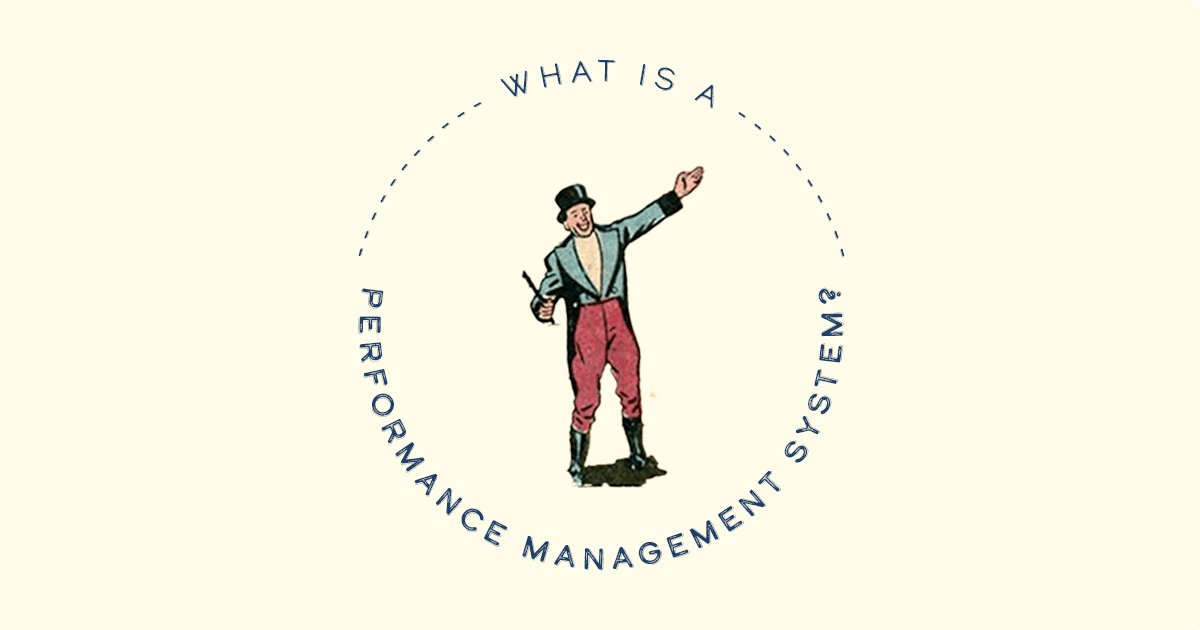
"Attention is the rarest form of generosity." --Simone Weil
How wonderful does it feel when someone notices the smallest detail about you? Or recognizes how much passion you put into your work? It makes you feel seen. Because they took time to compliment you, it inspires you to return the favor.
This same philosophy should apply to your workplace. The remote workforce is growing, and the lines between our professional and personal lives are becoming more blurred. We should be evaluating how to maintain productivity while increasing employee wellbeing.
Recognizing, rewarding, and taking time to engage with your employees means success for your business. A clear understanding of their progress towards goals will fuel their engagement, productivity, and happiness.
Gallup's 2020 meta-analysis of 1.2 million workers across 49,495 work units shows that the most highly engaged teams experience 66% better wellbeing.
At Whirks, we know the importance of having one-on-ones, creating KRAs, and setting goals for our employees. It motivates the entire office, connects our team, and keeps our processes humming smoothly.
Many payroll and HCM platforms offer a Performance Management System within their software (also known as Talent Management). While conducting regular employee reviews and staying engaged with your teams is never a bad thing, you may not need software to help you -- yet.
Let's do what a Performance Management System is, the tools and features you can utilize, the pricing and if it's a good fit for you and your business.
What is a Performance Management System?
A Performance Management System measures and guides individual and collective progress as a business, helping you connect with your employees.
Recognizing and understanding employees beyond the context of work is a valuable opportunity to boost employee engagement and customer experience.
In a Glassdoor Employee Appreciation Survey, more than half of the respondents said feeling appreciation from their manager would help them stay longer at their company.
Eighty percent said they're motivated to work harder when their employer shows they appreciate their work.
A Performance Management System helps you facilitate meaningful and effective connections with your team while reducing turnover, boosting engagement, and achieving your business goals.
What are the features of a Performance Management System?
1. Performance reviews
Performance reviews help your organization monitor and report on performance that's tailored to your company, such as pre-loaded review templates for managers and supervisors.
2. 360 feedback process
A 360 feedback tool allows you to seek input about an employee's performance from all directions. This includes those inside and outside your company: peers, leaders, customers, and even vendors.
For example, let's say you want to promote a member of your sales team. This tool enables you to see a well-rounded view of your employee. Maybe he's a strong internal player, but customers have a different say in the matter.
3. Goal-setting and monitoring
With this feature, you can create goals for specific groups, individuals, or the company as a whole.
You can also create workstreams and attach them to goals or cascade them down the organization to track the progress of all team members.
4. Nine-box technology
Nine-box technology provides insight into your team by showing you who has the most potential, has grown the most, and needs improvement.
This helps you identify the career potential of your employees at a glance and figure out who may be the best fit for a promotion.
5. Personalized dashboard and reporting
A personalized dashboard keeps essential information right where you need it. Interactive organization charts provide in-depth insights into your company's structure and flow. It also helps your employees understand their reporting structure.
In addition to these features, a robust Performance Management System will allow your team members to rack up points when they collaborate, share, or help one another.
The gamification elements keep employees engaged and excited while enabling you to recognize and reward your team.
What does pricing look like?
Whether you buy a standalone Performance Management System or opt to integrate it with your payroll and HCM platform, pricing is typically charged per employee per month.
For example, 15five sells different packages at $4 per user per month, charged annually. You can customize it depending on the needs of your company.
Similarly, we charge $4 per employee per month for our basic performance management, which is essentially a social media platform for your company. It includes features like pulse surveys, crowdsourcing ideas, and a lively feed wall.
Our second package is $8 per employee per month and includes performance reviews, goal setting, and in-depth reporting.
Measure performance while you grow.
If you are a growing midsized business or a larger company, a Performance Management System is a great tool to have in your back pocket.
It will help you attract and retain top talent, connect virtual teams, and manage rapid growth. Increasing your operational efficiency and compliance means less turnover, top performers, and an energized company culture.
But if you're a smaller business or a start-up, this may be an unnecessary purchase for you right now. Perfecting your payroll process, accurately logging time, and avoiding compliance issues are more critical.
Once your business begins to bloom, you can research which Performance Management System will be a good fit for you and your team.
Attention is the rarest form of generosity. But for now, your attention may need to be focused on growing and operating smoothly. If you can't prioritize reviewing your employees right now, a Performance Management System isn't a helpful tool.
Topics: